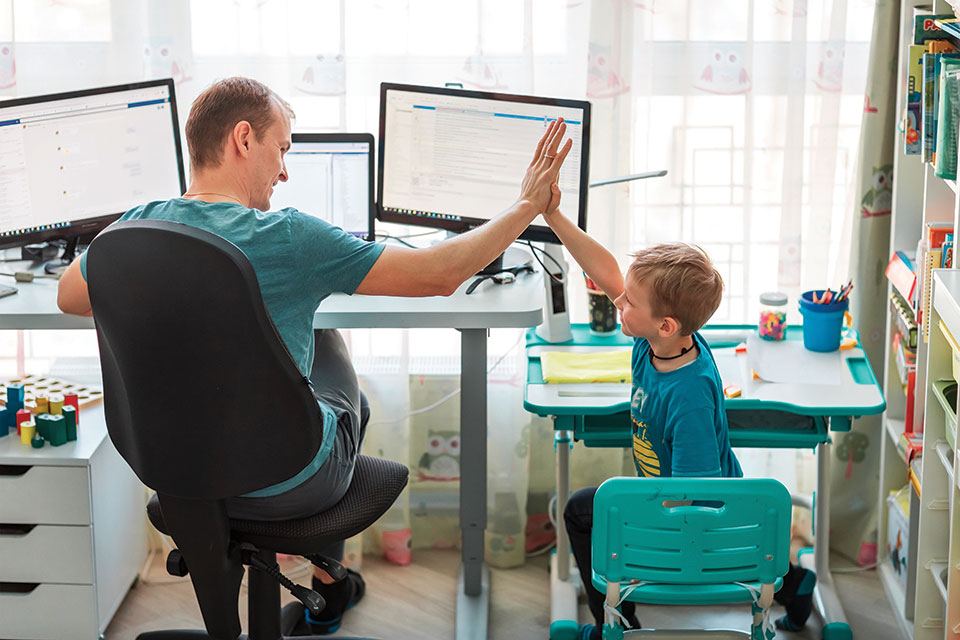
While a vaccine is imminent and offers hope, children, like adults, have been forced to adjust to many restrictions and life-altering modifications during this pandemic. As parents witnessed, some children have weathered the changes with more resiliency than others. Like many traits, resiliency is part genetics and part environment. So, what can parents do to help raise children who are tough enough to weather a storm?
As adults, we know the impact of this pandemic is vastly different when compared to the adversities our ancestors suffered. Yet, for today’s children, this may be their first real trial. Parents who have more than one child have noticed a difference in how each of their children has dealt with the pandemic, reinforcing the idea that personality plays a role in resiliency. Certainly, the pandemic has been less of an issue for introverts who may not mind being told to stay home. While many children are fine with on-line learning and socializing via their X-Box, others experience turmoil when told they cannot hang out with their friends. For these children, what concerned parents may want to watch for is more crying than usual, weight gain (or loss), bad dreams or trouble sleeping.

As with so many maturation issues, parents can also help by setting an example. Children tend to listen more to what they overhear than what they are told, monkey see monkey do. Because children particularly like to eavesdrop on adults talking to each other, parents can make certain points when their child is within earshot. There are a few basic principles you can use to help your child:
Demonstrate how it helps to identify and influence anxiety.
Example: Help your child see how they have influence over their life with the ability to use locus of control, internal and external sources for problem-solving, their own ideas, or asking an adult.
“I am anxious my Grandparent might catch the virus and get extremely sick. Masks help me protect other people and I can stay away and use technology to stay connected. I know they miss me too. I may not know when my world will be normal again, but I know many very smart people are working to make it safe to visit my grandparents again soon.”
Visit with your child about how to use healthy self-talk.
Example: “Sometimes I catch myself thinking negative thoughts about how this pandemic is affecting my job, but then I hear how I am talking to myself and I ponder how if my brain were a friend walking beside me I’d think, gosh, you’re such a downer to be around! This is when I decide to be a better friend to myself and change my thoughts to the more positive.”
Show your child how you face your fears and talk about your feelings.
Example: “Back in March, if I had known how long this pandemic would last I would have been very scared, but taking it one day at a time has been the most helpful for me, and reminding myself there is a vaccine coming one day soon. I do my best to focus on the positive and the things I can control.”
Role model taking positive action.
Example: This could be sharing a story of how you took positive action in your job or how you used your time wisely during a lockdown or learned how to use venues like Zoom for communication.
Make gratitude a priority.
Example: Consider letting your child hear you pray out loud expressing gratitude or let them hear you mention areas of your life in which you are appreciative.
We have an opportunity to show children how we deal with adversity and inconvenience, as adults we can demonstrate positivity and let children see us celebrate the small things in life.
